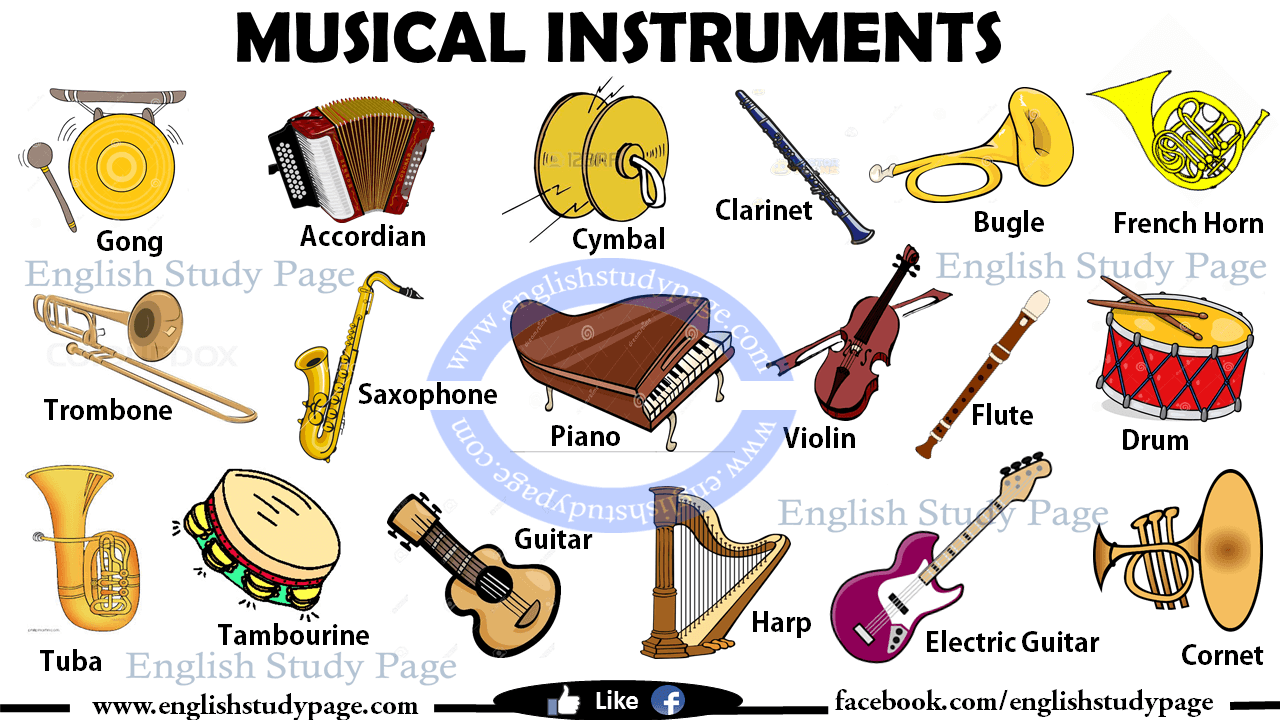

The center of a C clef points to the line representing middle C. The treble clef is the most commonly encountered clef in modern notation. A G clef with the spiral centered on the second line of the staff is called treble clef. The spiral of a G clef (not a point on the spiral, but the center around which the spiral is drawn) shows where the G above middle C is located on the staff. Historically, clefs could be placed on any line on a staff (or even on a space), but modern notation almost exclusively uses treble, bass, alto, and tenor clef. A clef is usually the leftmost symbol on a staff, although a different clef may appear elsewhere to indicate a change in register. This also effectively defines the pitch range or tessitura of the music on that staff. The brace is occasionally called an accolade in some old texts and can vary in design and style.Ī clef assigns one particular pitch to one particular line of the staff on which it is placed. The grand staff is used for piano, harp, organ, and some pitched percussion instruments. In contemporary usage it usually connects staves of individual instruments (e.g., flute and clarinet two trumpets etc.) or multiple vocal parts, whereas the brace connects multiple parts for a single instrument (e.g., the right-hand and left-hand staves of a piano or harp part).Ī brace is used to connect two or more lines of music that are played simultaneously, usually by a single player, generally when using a grand staff. These can be used to subdivide measures of complex meter into shorter segments for ease of reading.Ī bracket is used to connect two or more lines of music that sound simultaneously. These indicate the conclusion of a movement or composition. These indicate some change in the music, such as a new musical section, or a new key/ time signature. They sometimes extend through multiple staves to group them together when a grand staff is used or when indicating groups of similar instruments in a conductor's score. The diagram shows a single ledger line above and below the staff but multiple ledger lines can be used.īar lines separate measures ("bars") of music according to the indicated time signature.

These additional lines (and the spaces they form) indicate pitches above or below the staff. A clef is almost always added, which assigns one specific pitch to one specific line the other lines and spaces are determined alphabetically as described. The A-G pattern repeats continually-the note above "G" is always another "A". Moving vertically upwards, the letter names proceed alphabetically with the alternating lines and spaces, and represent ascending pitches. Each line or space indicates the pitch belonging to a note with a letter name: A, B, C, D, E, F, G. The five-line staff (often "stave" in British usage) is used to indicate pitch. There are symbols to communicate information about many musical elements, including pitch, duration, dynamics, or articulation of musical notes tempo, metre, form (e.g., whether sections are repeated), and details about specific playing techniques (e.g., which fingers, keys, or pedals are to be used, whether a string instrument should be bowed or plucked, or whether the bow of a string instrument should move up or down). Musical symbols are marks and symbols in musical notation that indicate various aspects of how a piece of music is to be performed.
3 STRINGED INSTRUMENT WHOSE NAME MEANS 3 STRINGS CROSSWORD FREE
When facing difficulties with puzzles or our website in general, feel free to drop us a message at the contact page.For the use of musical symbols on Wikipedia, see Help:Musical symbols. The Psychology Behind Crossword Puzzlesĭelving into a crossword puzzle takes you on a captivating journey, unveiling.Group Solving a Crossword on the Train - Happens in LondonĪ delayed train event was the reason why a guy from London.Who says the younger generation is only glued to their screens? A. Gen Z Surpasses Boomers in playing Puzzles.Film character who debuted in "Diary of a Mad Black Woman" (2005).You can also search a clue by typing the clue: Today's puzzle is listed on our homepage along with all the possible crossword clue solutions. This crossword clue might have a different answer every time it appears on a new New York Times Puzzle, please read all the answers until you find the one that solves your clue. MUSICAL INSTRUMENT WHOSE NAME MEANS THREE STRINGS Crossword Answer

In cases where two or more answers are displayed, the last one is the most recent. Musical instrument whose name means three strings NYT Crossword Clue Answers are listed below and every time we find a new solution for this clue, we add it on the answers list down below.


 0 kommentar(er)
0 kommentar(er)
